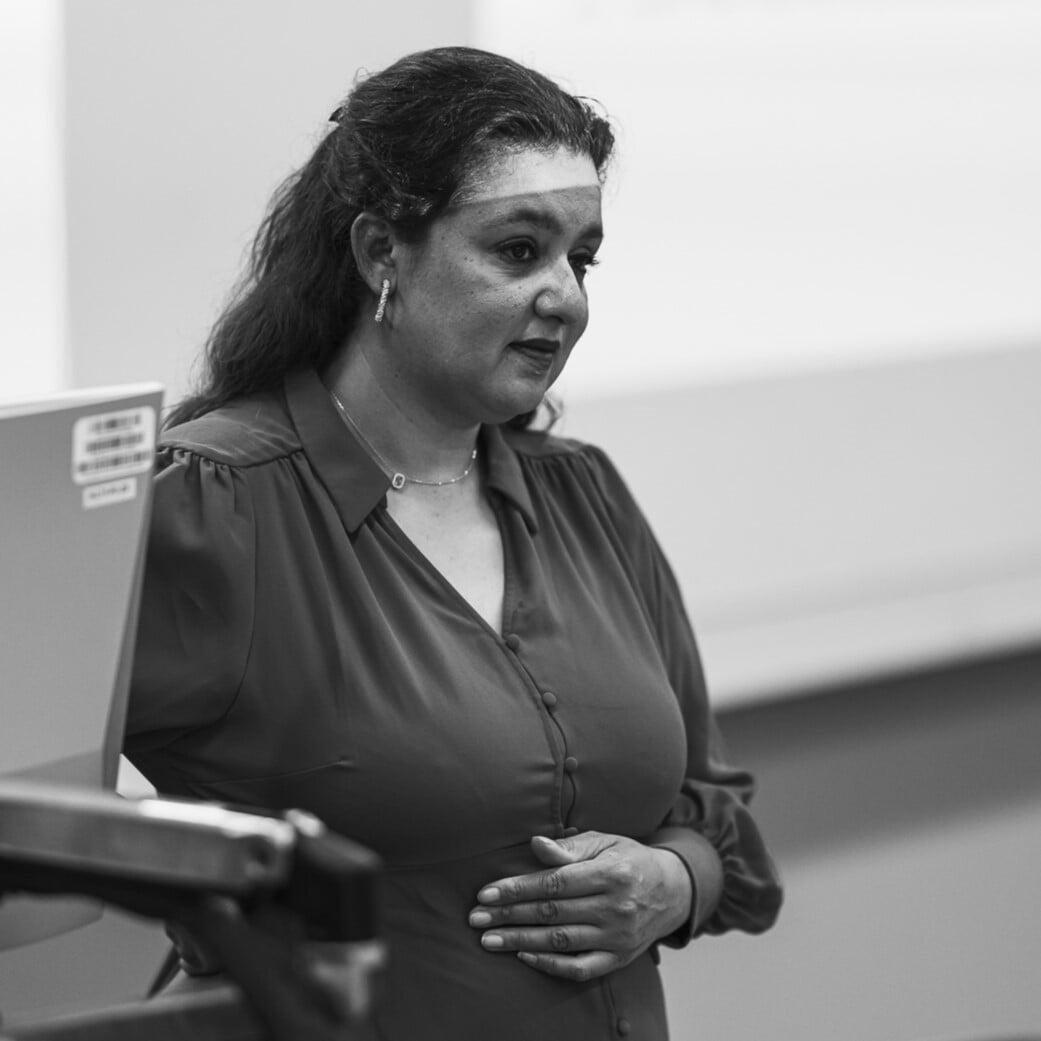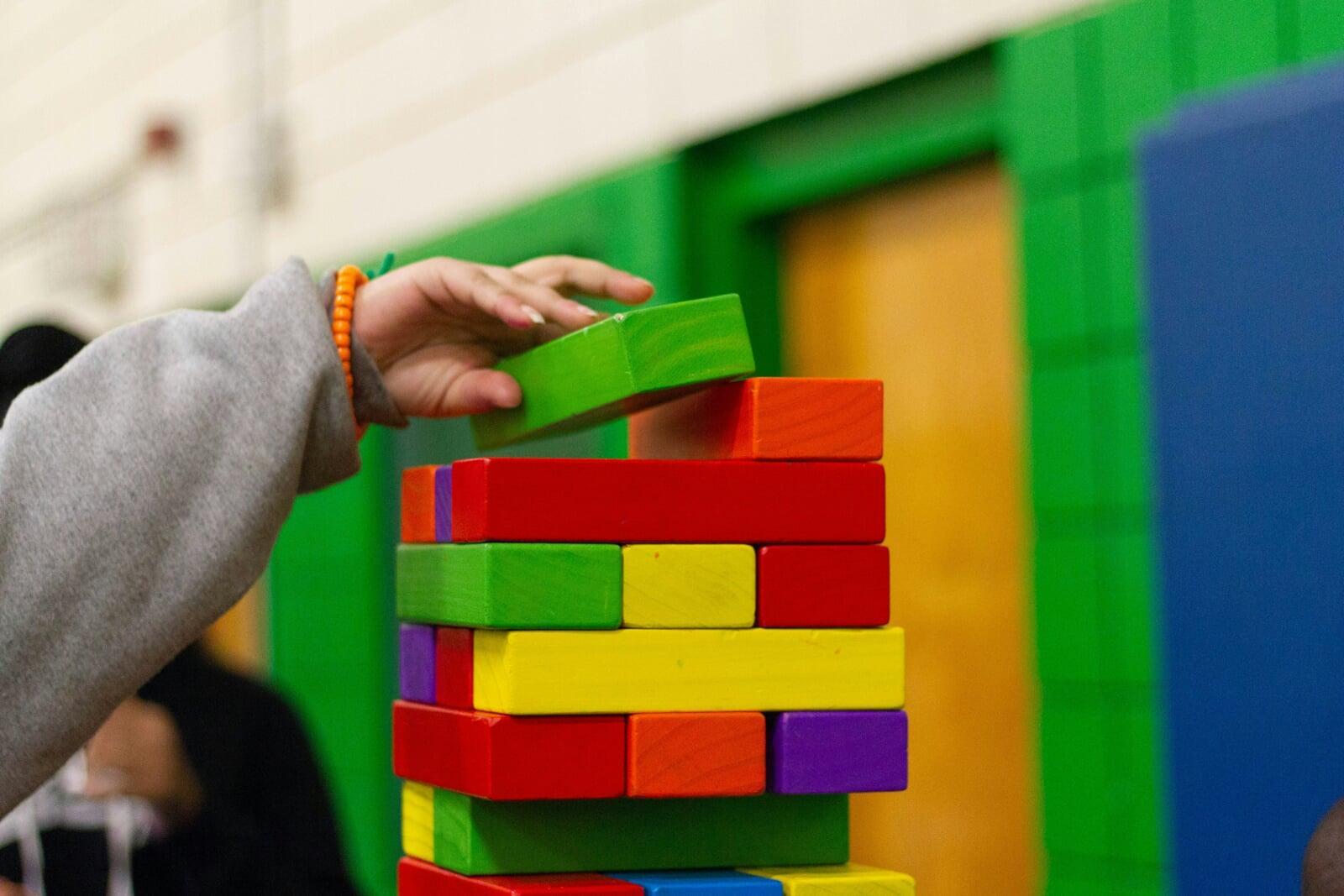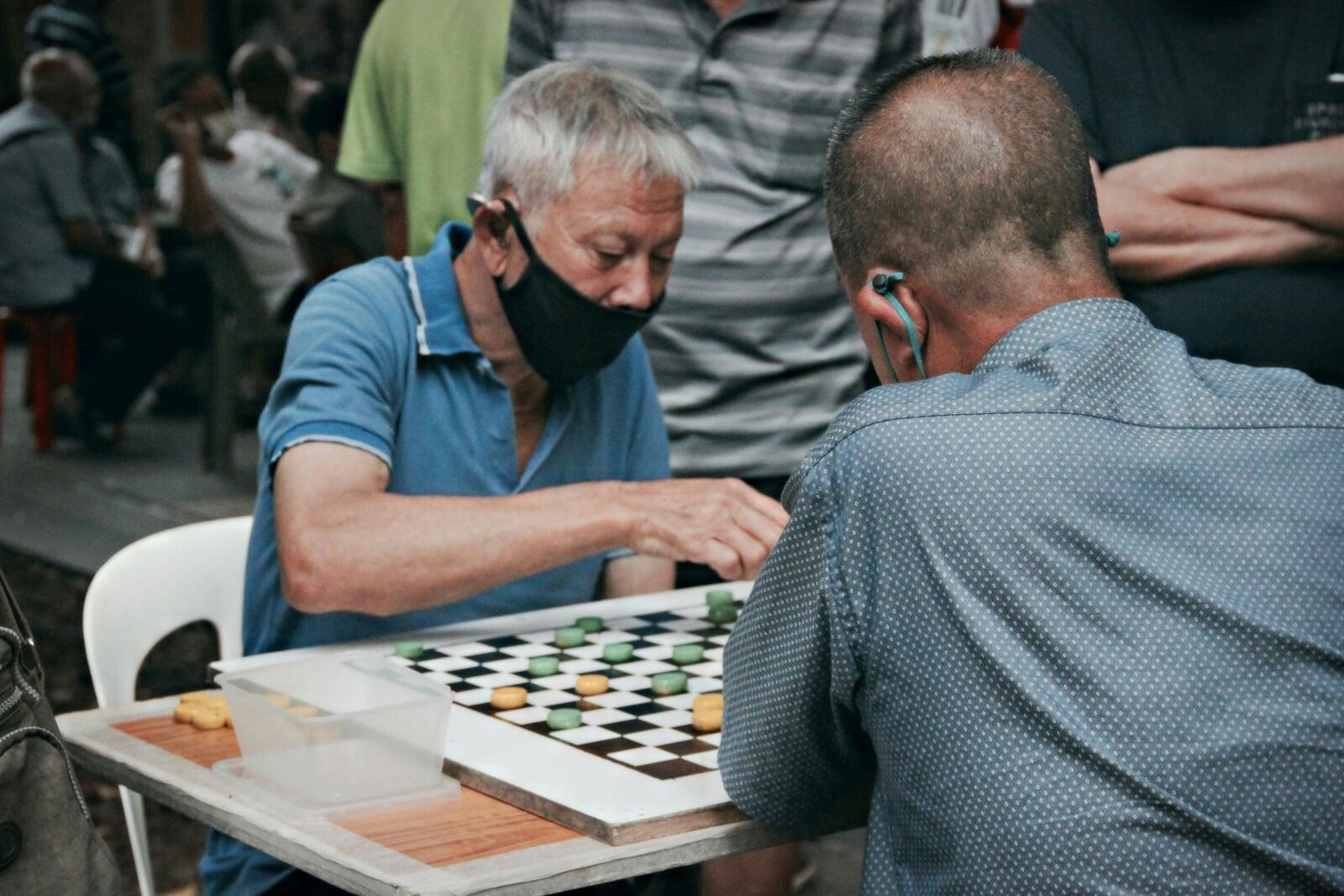Each month, Digital Schoolhouse welcomes you to The Playful Classroom,
where we'll explore the challenges and opportunities shaping computing education today.

Shahneila Saeed is Head of Education at Ukie and the Director of Digital Schoolhouse. She served as Head of Computing at an Inner London school for over 15 years before joining Ukie, where she spearheaded the creation of the Digital Schoolhouse Programme.
She is a prolific author, having penned books like "Hacking the Curriculum: Creative Computing & the Power of Play", "How to Raise a Tech Genius" and the forthcoming “Max Computing” series. She actively contributes to the field as a board member, trustee, and advisor for organisations including NCCE, Digit<all>, and Into Games.
Let's talk about play.
Let's talk about play.
Being playful is instinctive.
It's how we learn about the world around us.
As children, playing is the first thing we do; we do it instinctively. No one teaches us how to play (unless of course you consider the organised sport and wider games with rules arena, but more on that later). We simply just do it, and by doing so we learn about the world around us. Babies play, and through their play, they explore and make important discoveries, i.e. what is edible and what isn't (although as adults we may not always agree with them). Older children in the playground will learn a lot about social interaction and how to deal with a range of moral and ethical dilemmas. It's how they instinctively learn.
Play is at the heart of everything children do - from 'messing around', role play, playing with blocks, puzzles, and dolls to video games. And it’s important, it allows us to unwind, destress, and have fun. Far from being a waste of time, as it was often labelled in the past, it is an activity worth devoting time to. We know play has deeper and more tangible cognitive benefits, and if children do it naturally, why would we not structure our learning around it?

We don’t stop learning through play, we just stop teaching through play.
We don’t stop learning through play, we just stop teaching through play.
Children continue to explore the world around them through playful means. Whether it’s the child that used Minecraft to turn their computer into a drinks machine or the next Emma Raducanu – children continue to use playful ways to interact with their environment and learn.
This self-directed mastery of skills is developed voluntarily over time; with its primary purpose being fun. We’ve spent so long as educators looking for ways to engage and motivate learners and the answer was in front of us all along. The enjoyment derived from playful activity motivates the learner to improve their skills over time so that they can get better at playing. They teach themselves so that they can get better at playing their game, and, after all, which teacher wouldn’t want a class that motivates and challenges itself?
And the thing is, we don’t ever stop learning that way. At least not instinctively. It's just that the education system has a way of stripping that out as you get older. Playtime is left for the playground while the serious business of learning remains in the classroom. The consequence is that you often won’t see that same self-directed drive and motivation in our classrooms.

"We don't stop playing because we get old, we get old because we stop playing.”
George Bernard Shaw
"We don't stop playing because we get old, we get old because we stop playing.”
George Bernard Shaw
His observation was supported by BBC’s programme in 2015. Scientists measured the cognitive activity of older adults, gave them an iPad loaded with games to play and sent them away for a month. On their return, MRI brain scans showed a significant increase in their cognitive activity. The conclusion was that perhaps it would be better to give senior citizens a tablet to play on rather than a tablet to swallow to improve their mental performance.
Play is just as effective for adults as it is for children.
There is not an age where our brain stops learning through playful means. We all respond that way. If something captures our curiosity; or is fun to do we are driven to explore it, understand it and make it work. We learn, we teach ourselves.

So What Is Play?
“To play is to engage. When we play, we pick up objects, ideas, or themes and do whatever we want with them. We turn them upside down and we experiment with them. We might arrive at something inspiring and amazing, but that is not necessarily the point. We play anyway – this is play for its own sake. For humans and some animals, play is a vital part of development. What is more often forgotten is that play is not for children alone but is good for all people, young and old alike.
Ackerman et al (2010)
So ok, we agree play is important, we get it, but how does that help us in the classroom when we have subjects to teach, or in the boardroom when we have policy to draft?
Well, we know that people love playing video games, but what does that have to do with education? The games industry knows how to gamify and teach people how to play without the fun and exploration stopping – so why don’t we construct lessons in the same way?
How can we use game design and video games to teach?
I’ll be back next month to discuss how three approaches from video games can help you drive engagement and achievement in the classroom and beyond and how using these approaches can prepare you and your pupils for the digital future we are all heading towards.

